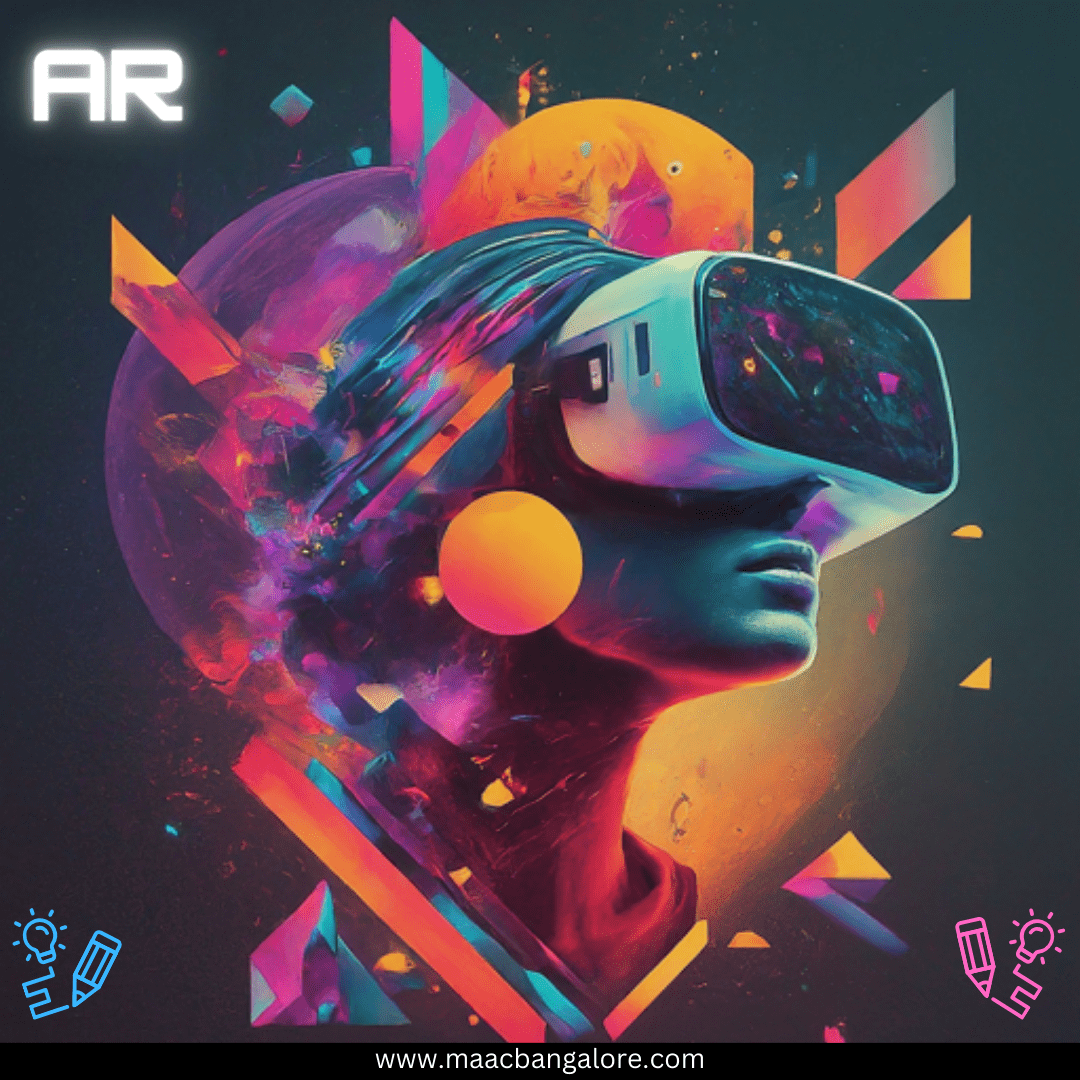Augmented Reality in Graphic Design
The Role of Augmented Reality in Graphic Design. The realm of graphic design is undergoing a transformative evolution, and at the forefront of this revolution is Augmented Reality (AR). This cutting-edge technology, which overlays digital content onto the physical world, is pushing the boundaries of creativity and functionality in graphic design. As AR continues to mature, it is becoming an indispensable tool for designers, offering new ways to engage audiences, enhance experiences, and bring static visuals to life. In this blog, we will explore the various ways AR is reshaping graphic design and what this means for the future of the industry.

The Role of Augmented Reality in Graphic Design
Enhancing User Engagement
One of the most significant impacts of AR in graphic design is its ability to create immersive and interactive experiences. Traditional graphic design relies on static images and text to convey messages, but AR adds a dynamic layer that can engage users on a deeper level. For instance, an AR-enabled poster can transform a simple advertisement into an interactive experience where users can view additional information, watch related videos, or even participate in a game by scanning the poster with their smartphones.
This level of engagement is precious in marketing and advertising. Brands are constantly seeking innovative ways to capture and retain consumer attention, and AR provides a novel solution. By turning everyday objects and advertisements into interactive experiences, brands can create memorable interactions that resonate with their audience, ultimately driving higher engagement and conversion rates.
Revolutionizing Product Visualization
AR is also revolutionizing product visualization, offering a new way for consumers to interact with products before making a purchase. Graphic designers are leveraging AR to create virtual try-ons for clothing, accessories, and even makeup. This technology allows consumers to see how products will look and fit in real-time, from the comfort of their homes. This not only enhances the shopping experience but also reduces the likelihood of returns, as customers have a clearer understanding of what they are purchasing.
Moreover, AR is being used in interior design and architecture to visualize how furniture, décor, and other elements will look in a real-world setting. By scanning a room with their device, users can see a digital overlay of furniture and decorations, enabling them to make more informed decisions about their space.
Expanding Educational and Training Applications
The educational sector is another area where AR is making a significant impact. Graphic designers are creating AR-enhanced educational materials that make learning more interactive and engaging. For example, textbooks can come to life with AR, allowing students to explore 3D models, watch animations, and access additional resources by scanning images with their devices. This interactive approach to learning helps to simplify complex concepts and keeps students engaged.
In professional training, AR is being used to create realistic simulations that provide hands-on experience without the need for physical resources. The Role of Augmented Reality in Graphic Design. This is particularly beneficial in fields such as medicine, engineering, and aviation, where practical experience is crucial.
Pushing Creative Boundaries
From an artistic perspective, AR is pushing the boundaries of what is possible in graphic design. Designers are no longer confined to two-dimensional spaces; they can now create multi-dimensional experiences that blend the physical and digital worlds. This opens up new avenues for creativity, allowing designers to experiment with new forms, structures, and interactions.
For instance, AR art installations are becoming increasingly popular in galleries and public spaces. The Role of Augmented Reality in Graphic Design. These installations allow viewers to interact with the artwork in a personal and immersive way, creating a unique experience that static art cannot provide.
The Future of AR in Graphic Design
As AR technology continues to advance, its integration into graphic design will only deepen. Designers will need to adapt and acquire new skills to stay ahead in this evolving landscape. This includes understanding AR development tools, 3D modeling, and user experience design.
In conclusion, AR is not just a passing trend in graphic design; it is a transformative technology that is redefining the way we create and interact with visual content. By enhancing user engagement, revolutionizing product visualization, expanding educational applications, and pushing creative boundaries, AR is paving the way for a new era in graphic design. As we look to the future, the possibilities for AR in graphic design are limitless, promising a world where our digital and physical experiences seamlessly blend into one.

Recent Comments